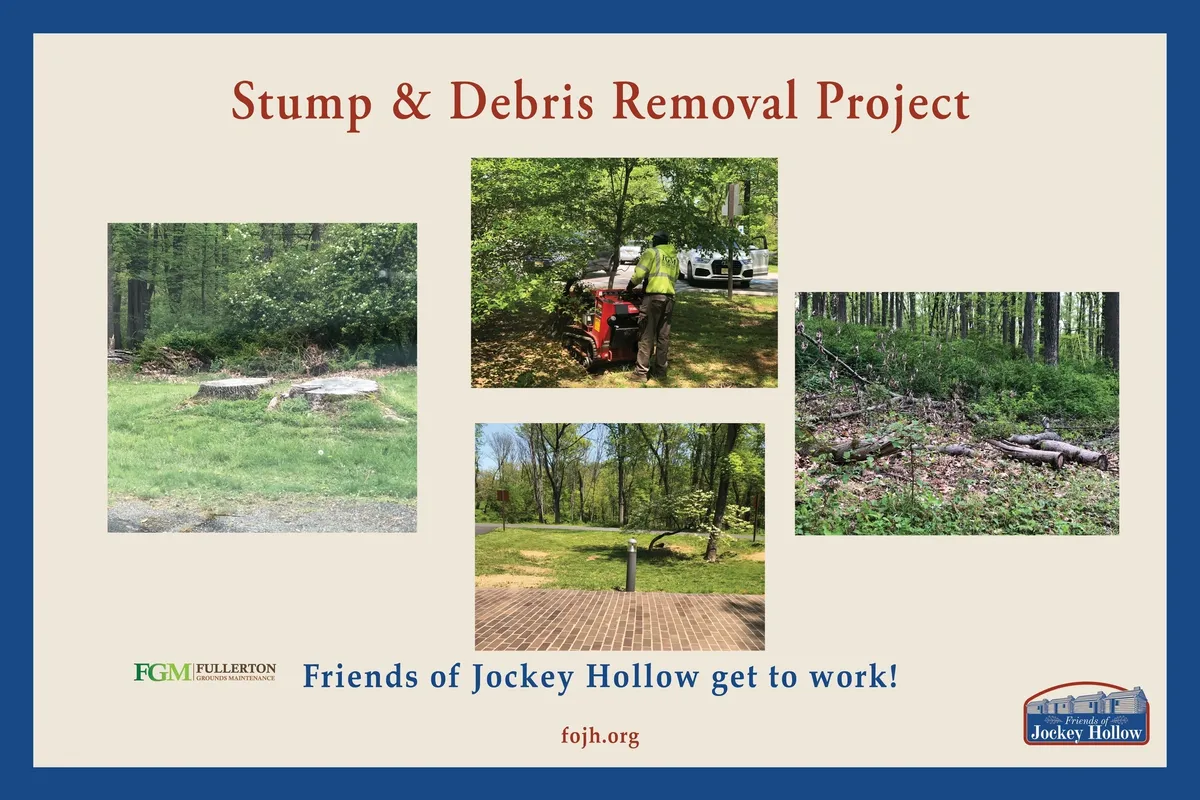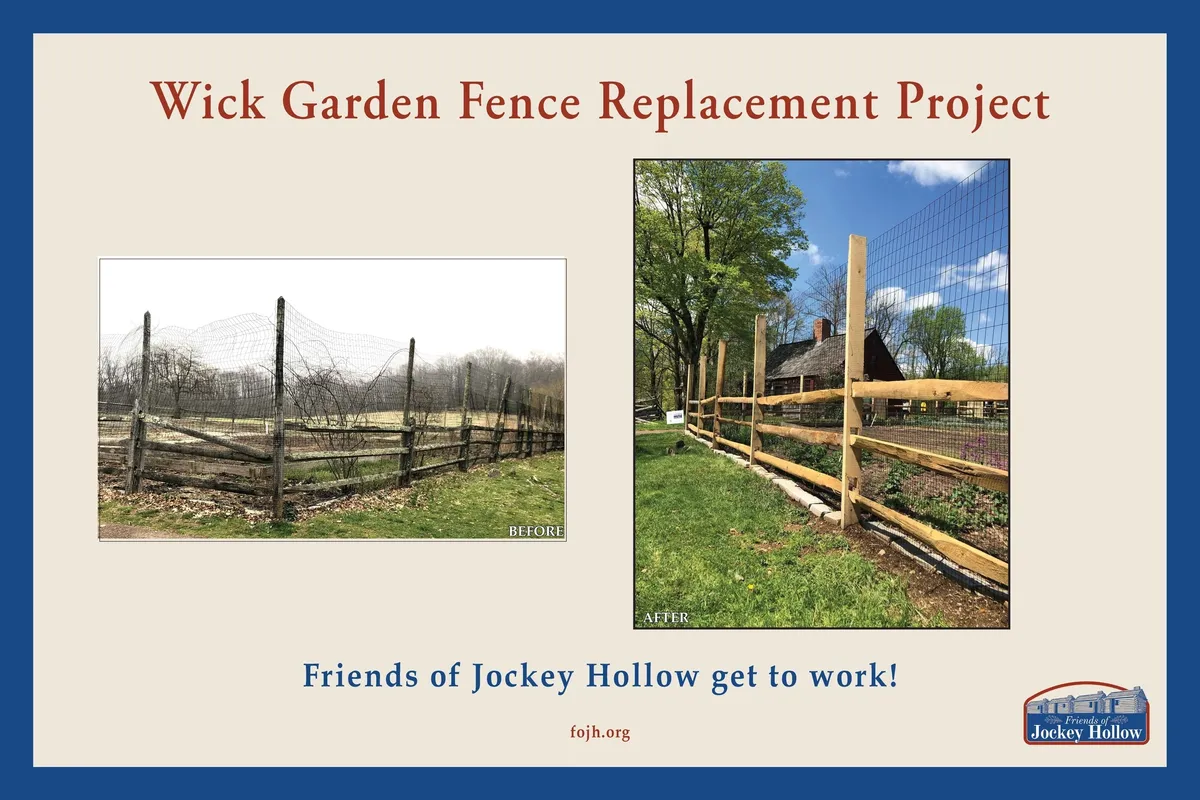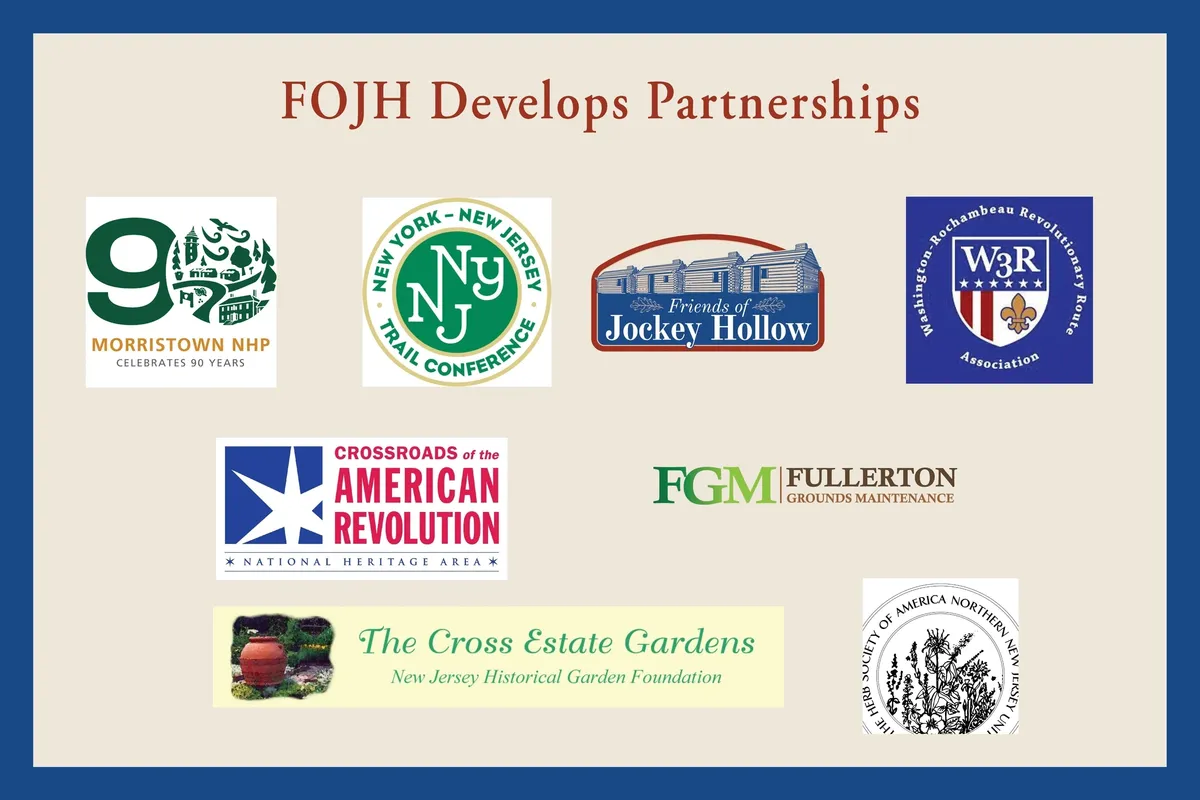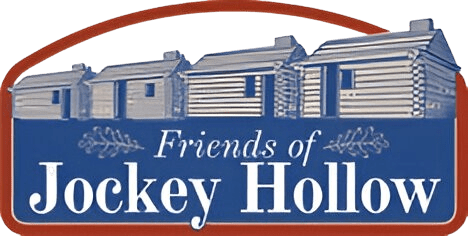Our Work

In 2026, the National Park Service (NPS) plans to create a new interpretive hiking trail in Jockey Hollow, funded by Friends of Jockey Hollow (FOJH). The approximately one-third-mile trail will extend east from the Bettin Oak Monument to the former location of Fort Hill.
Named the "Penn Line Mutiny Trail," it commemorates the revolt of the Pennsylvania Line troops who mutinied in Morristown due to disputes over enlistment terms and demands for better pay and housing. This trail will enhance visitors' experiences by providing access to historic sites and recreational opportunities for heritage tourists.
Jockey Hollow’s 27 miles of trails are some of the most popular hiking attractions in the Northeast with approximately 332,036 recreational visitors each year. Each spring, we get to work on upgrading some of the trails, which are subject to frequent erosion and invasive species encroachment. Working with our partners from the NYNJ Trail Conference, we purchased $7,000 of necessary lumber that was used as erosion control devices such as water bars, and puncheons, and check dams throughout the trail systems. Work will continue over the summer and into the fall. 30 active trail volunteers oversee other work, such as emergency repair work and the cutting back of invasive species, to keep the trails about 4 feet wide.


Owing to the insidious emerald ash borer, over 120 Ash trees were removed in 2023, leaving numerous stumps and debris that we are assisting the park with removing.
Working with Fullerton Grounds Maintenance and their heavy equipment, we are will continue to address this need.
The old fence surrounding the Wick Garden had seen better days. The beams were listing, and the wire fencing was old and compromised. Over the course of one week - our contractor, Fullerton Grounds Maintenance, installed a custom fence made of locally sourced lumber and added new wire mesh just in time for the spring planting that the NJ Herb Society started on May 1st.


FOJH is proud to partner with many outstanding organizations that take on various essential jobs that support Jockey Hollow.
